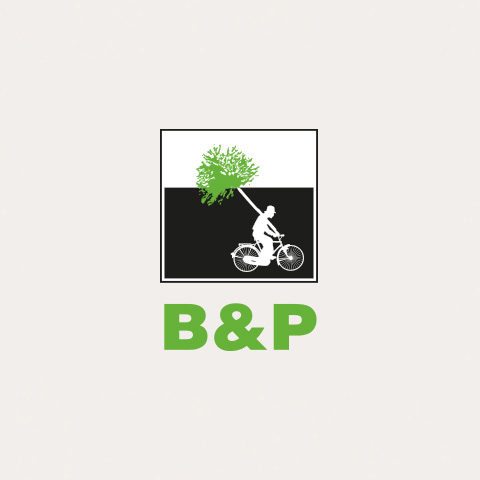In a communication world made up of a thousand subdivisions and even more definitions, the opposition between below the line and above the line undoubtedly represents one of the most historical cornerstones. Explaining the difference is not easy, but understanding it is essential to be able to take the right steps in a world where consumers are increasingly attentive to their needs. Because ultimately, when we talk about communication, consumers represent the goal. A goal that, by understanding the difference between above and below the line, becomes much easier to achieve effectively. Let’s see why.
What is BTL? Why should a company use it?
One of the most beautiful characteristics of below the line communication is that it does not have a precise, shared, we could say encyclopedic definition. Precisely for this reason, it is not easy to understand it in a simple and direct way.
To use the most scholastic jargon possible, we could say that below the line communication is aimed at a very specific target, for which specific tools must be provided. If in the typical techniques of above the line communication we find television and radio commercials, billboards, and large-scale print campaigns, in the “below the line” we find those techniques that address a very specific audience, from direct marketing to simple leafleting outside a supermarket.
Which tools for an efficient below the line communication?
As we said, below the line communication is characterized by all those tools that differ from mainstraeam channels such as television, radio or large-scale billboards. As you can imagine, the variety of techniques is boundless.
For example, let’s talk about offline tools. Among the techniques traditionally typical of below the line communication, we find leafleting, the distribution of coupons and discount codes, up to the sponsorship of sporting events and simple word of mouth. Touchpoints that are also very different from each other, but which have one thing in common: the ability to intercept a very specific niche of the public, identified on the basis of an interest, a particular habit, or even the place of residence.
Identifying the digital channels that are part of below the line communication, on the other hand, is not easy. In this case, the problem does not lie so much in the absence of tools, but in the fact that, online, any communication is in some way targetable and therefore potentially “above the line”. Understanding how newsletters and SEA fit into “below the line” is quite easy, but let’s think for example of influencer. Nowadays, some creators have reached such dimensions as to be compared in terms of reach level to Radio and TV. And yet, the influencer by definition always speaks with a niche of users, no matter how disparate the fields in which he communicates.
The same applies to sponsored content that we can find on all social networks: setting up a campaign on Facebook, Instagram, or any other platform implies in any case selecting a target, which, however broad, always remains a target represented by a certain group of users. A characteristic that makes social adv, as well as influencer marketing, an integral part of below the line communication.
Differences between below and above the line communication
Until some time ago, the main difference between above the line and below the line communication was that the former involved the purchase of certain advertising spaces, while the latter focused more on how, rather than where, to communicate. A correct definition, made less valid by the arrival of digital, which has brought “hybrid” tools such as social adv.
Today, the most evident differences between the two types lie in other characteristics, such as the study of the target, which is much more elaborate by definition when we talk about below the line communication. A first peculiarity that leads us directly to the second, which is the objectives. While above the line communication aims to make the brand known, beyond the line communication aims at purchase and loyalty. In short, “above the line” we find awareness, while “below” we find conversion and retention.
One last difference, easily understandable, is finally related to costs. The typical tools of above the line communication, in fact, are by definition the most expensive in the vast sea of communication channels. A constant that is not repeated in below the line actions, which on the contrary have extremely variable costs.
categories: opinioni e attualità

